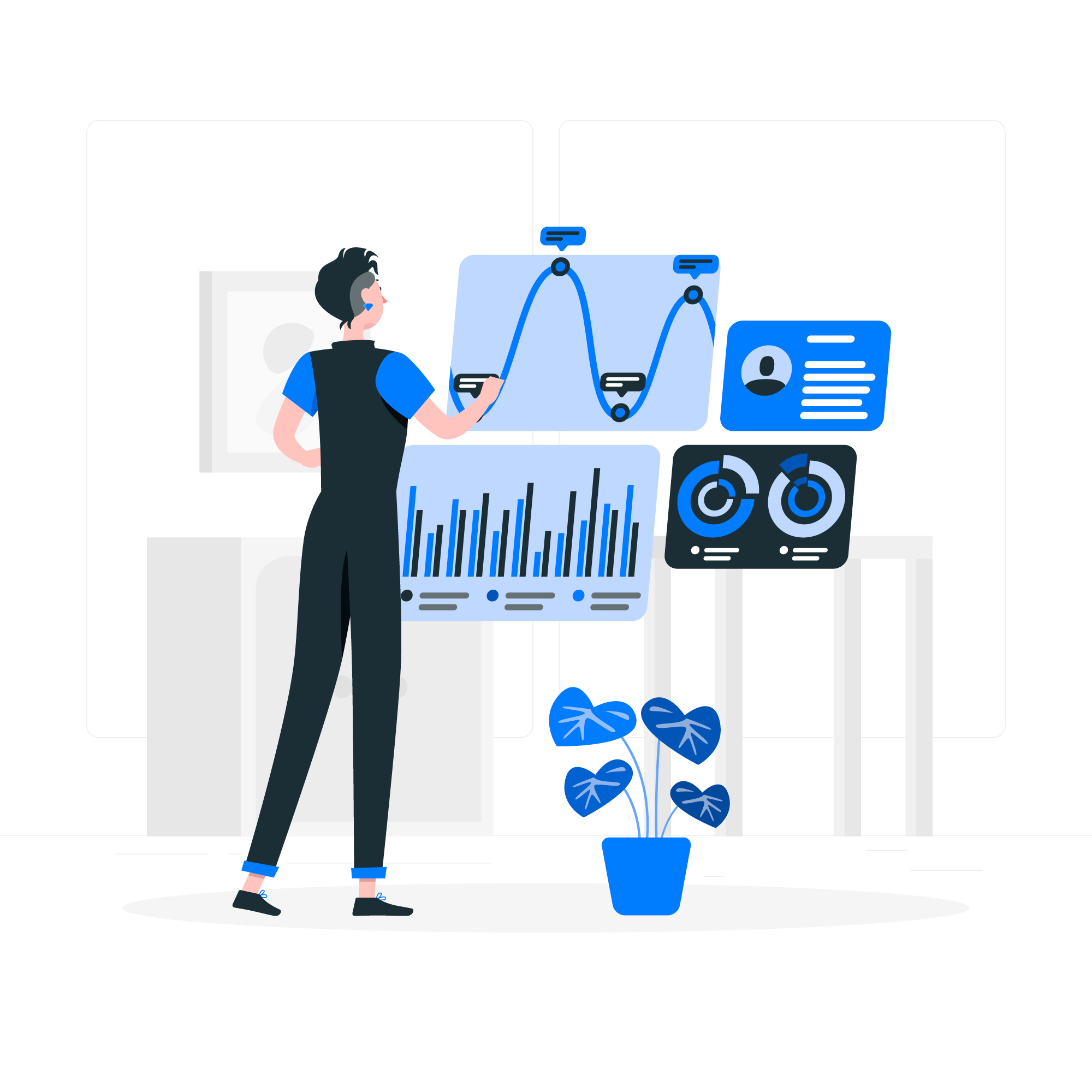Introduction
In today’s highly competitive business landscape, customer retention has become more critical than ever. Predictive analytics offers a powerful tool to boost customer retention and improve the customer experience.
Having a solid customer acquisition strategy is a must for any business, yet what counts the most is the business’s ability to keep the current customers satisfied and ready for recurring and bigger purchases. Not only is this more cost-effective, but loyal customers also tend to spend more and can become advocates for your brand.
One of the benefits of having an insight into the customer data is knowing where to put the extra effort. By leveraging it in this way and using the advanced algorithms of predictive analytics, businesses can make informed decisions.
So let’s dive into the facets of predictive analytics, so that you can develop your own strategy for customer retention.
Strategies
Understanding Predictive Analytics: Predictive Analytics implies the study of the behavior of people or things, so that their future actions can be predicted. For customer retention, this means analyzing customer behavior, purchase history, and engagement patterns to predict who is likely to churn or disengage. So that corrective measures can be taken.
Gathering and Analyzing Data: The first step in predictive analytics is to gather and analyze your customer data. This can include demographic information, purchase history, customer service interactions, and any other touchpoints with your brand. Various advanced tools and CRM systems can be used for this.
Segmenting At-Risk Customers: In this step you should identify the at-risk customers – those that may dither from your brand. Predictive models can help categorize these customers so that a retention strategy can be tailored. For example, a customer showing a slight decrease in purchase frequency may require a different approach than one who has stopped engaging with your brand altogether.
Tailoring Retention Strategies: With the at-risk customers identified, you can now implement targeted strategies to engage them once again. For example customers showing early signs of disengagement, personalized email campaigns offering discounts can be initiated. For more disengaged customers, direct outreach from customer representatives can be prompted to address any issues or concerns.
Implementing and Monitoring: After implementing and deploying your strategies, it is important to monitor and adjust them as per success or failure. Predictive Analytics informs you of the impact that your strategies are having and retention rates can give you a clue as to what is going on.
Building Long-Term Relationships: Not just trying to retain customers, predictive analytics, can also help uncover services that can help build long term relationships by surprising customers and continually exceeding their expectations. By anticipating their needs, business can remain one step ahead and prepare for the future.
Leveraging Feedback Loops: Predictive Analytics when integrated with a systematic way of gathering and analyzing customer feedback, can further refine your retention strategies. In this way identifying trends in customer satisfaction and areas of improvement can immensely benefit your business.
Case Story
This is about 9NEXUS, a leading outstaffing company in the UK.
Identifying its core objectives of managing a diverse clientele and a workforce, it began fortifying its client relationships and optimizing talent management strategies. Utilizing advanced predictive analytics tools, 9NEXUS embarked on a journey to enhance its understanding of client and employee dynamics.
For the client side, 9NEXUS was able to identify patterns in project demands and employee performance. It thus provisioned additional resources, for client satisfaction and project success. Thus it was able to proactively address client needs and anticipate potential resource challenges.
For the team talent, 9NEXUS identified factors contributing to talent attrition, by analyzing employee engagement, satisfaction surveys, and performance metrics. This allowed it to implement targeted interventions, such as personalized professional development and recognition programs. This not only remedied the situation but also improved employee loyalty to the company.
The outcomes of the predictive analytics exercise were remarkable as evidenced by more sustained clients and positive feedback. Employee retention rates also improved leading to a more stable and skilled workforce.
Conclusion
Thus we see that predictive analytics is a powerful tool for improving customer retention and satisfaction. Customer retention empowers you to cultivate brand loyalty, generate recurring revenue, and outpacing the competition. And therein lies in its utmost importance.
By leveraging data to anticipate customer behavior and tailor retention efforts, companies can significantly improve their chances of keeping customers engaged and loyal. As demonstrated by 9NEXUS, the diligent and effective use of predictive analytics can certainly lead to success in the long terms.
Predictive Analytics is, thus, certainly a game changer when it comes to developing strategies for customer retention.
